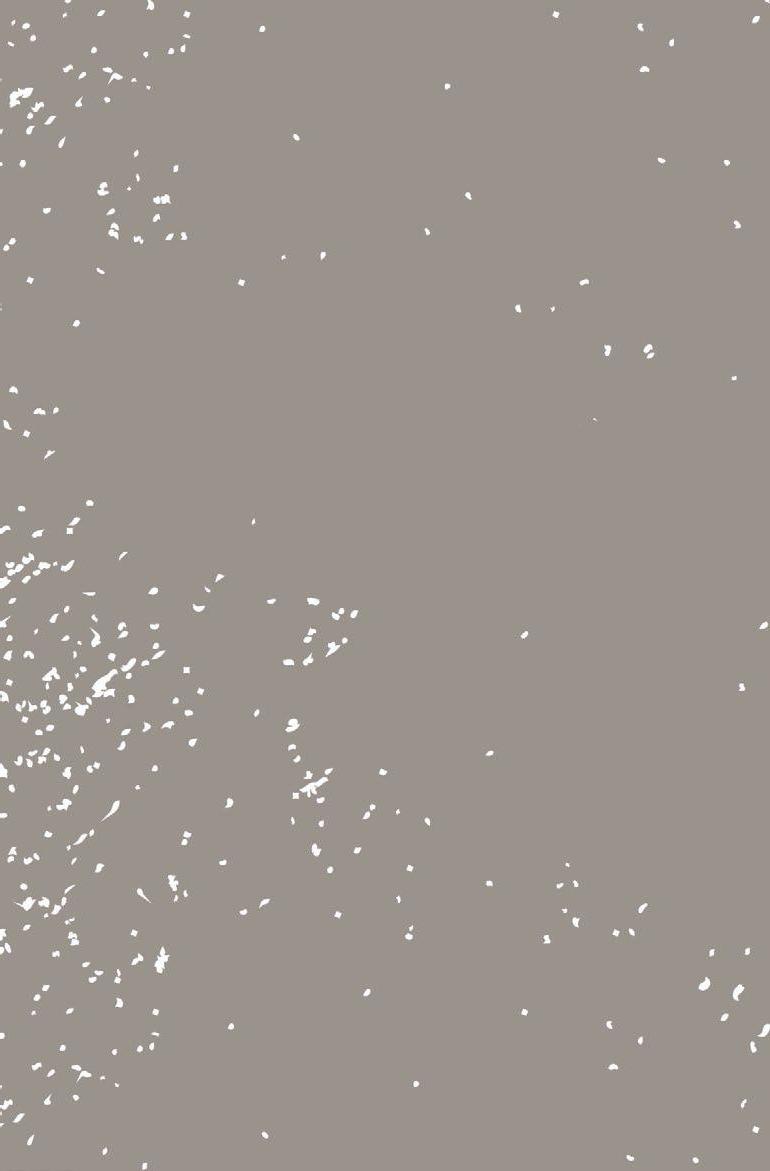
3 minute read
Museum collections and ecosystem services: An example
The link between pollinators, pollination, crops, and human food and nutrition is especially clearly understood. This will serve as an example of how museums can support ecosystem services and function.

Advertisement
Museums are key tools for studying pollinator diversity and pollinator declines
Bees are widely, and popularly, understood to be important to human society, pollinating a wide range of essential crops, and providing honey. Declines in bee numbers are also widely reported in the mass media in the UK, Europe and the US.
Pollinators, including bees, are in decline worldwide.5 In Europe (including the UK) 70% of bumblebee species are classified as threatened or with declining populations by the IUCN.6
“Estimates of pollinator declines are lacking for most countries worldwide. The use of historical collection data may be the most effective tool for filling these gaps… There is immense potential for museum specimens to play a central role in assessing the extent of the global pollination crisis.”
reference: Bartomeus, i, Jr Stavert, d ward and o aguado (2018). historical collections as a tool for assessing the global pollination crisis. Phil. Trans. Roy. Soc. (B) 374: 20170389.
Bees preserved in museum collections:
• Are a crucial source of information of the distribution of bee species, both their current distribution and status and long-term population trends. They can fill knowledge gaps.7
• Are a source of genetic material, and have been used to illustrate changes in genetic diversity. For example, Honey Bees in museums demonstrate strong changes in terms of which genetic strains are most common in California.8
• Are a source of pollen samples collected by bumble bees over time. These have been used to illustrate changes in habitat diversity/quality over time in Belgium, the
Netherlands and the UK. Declines in pollen diversity were more pronounced in pollen samples taken from declining bumble species. The researchers noted that “natural history collections can play an important role in improving our understanding of the ecological mechanisms driving species population change.”9 (Kleijn 2008) • Have been used to study the impacts of climate change on a solitary bee and an orchid it pollinates. The bee and orchid were shown to respond differently to temperature increases, and pollination of the orchid will likely decrease, threatening its survival.
Researchers noted “a significant potential for co-evolved plant–pollinator relationships to be disrupted by climatic warming.”10 (Robbirt et al. 2014)
• Where digitization of museum specimen data has been completed, the data provide a rich source of information, allowing assessment of the current status and long-term trends of bee populations.11
• However, huge collections and associated data are not yet available on GBIF, the main data aggregator of biodiversity data. This is a serious impediment to making use of collections for research purposes.
5 potts, Sg et al. (2016) ipBeS: summary for policymakers of the assessment report of the ipBeS on pollinators, pollination and food production. https://www.ipbes.net/system/tdf/spm_deliverable_3a_ pollination_20170222.pdf?file=1&type=node&id=15248
6 Nieto, a et al. (2014). european red list of bees. http://ec.europa.eu/ environment/nature/conservation/species/redlist/downloads/european_ bees.pdf
7 colla, Sr, F gadallah, l richardson, d wagner and l gall (2012). assessing declines of North american bumble bees (Bombus spp.) using museum specimens. Biol. Cons. 21: 3585–95.
8 cridland, Jm, Sr ramirez, ca dean, a Sciligo and Nd Tsutsui (2017). genome sequencing of museum specimens reveals rapid changes in the genetic composition of honey Bees in california. Genome Biol. Evol. 10(2): 458–72.
9 Kleijn, d and i raemakers (2007). a retrospective analysis of pollen host plant use by stable and declining bumble bee species. Ecology 89(7): 1811–23.
10 robbirt, Km, dl roberts, ml hutchings and aJ davy (2014). potential disruption of pollination in a sexually deceptive orchid by climatic change. Current Biol. 24: 2845–9.
11 Bartomeus, i, ascher JS, gibbs J, danforth BN, wagner dl, hedtke Sm, winfree r (2013). historical changes in northeastern uS bee pollinators related to shared ecological traits. Proc. Natl Acad. Sci. USA 110, 4656–60.
morales, cl, arbetman mp, cameron Sa and aizen ma (2013). rapid ecological replacement of a native bumble bee by invasive species. Front. Ecol. Environ. 11, 529–34.










